



This year being the Platinum anniversary of HM Queen Elizabeth 2’s reign, it would seem a good time for a look at the British civil aviation industry that shared those 70 years with her.
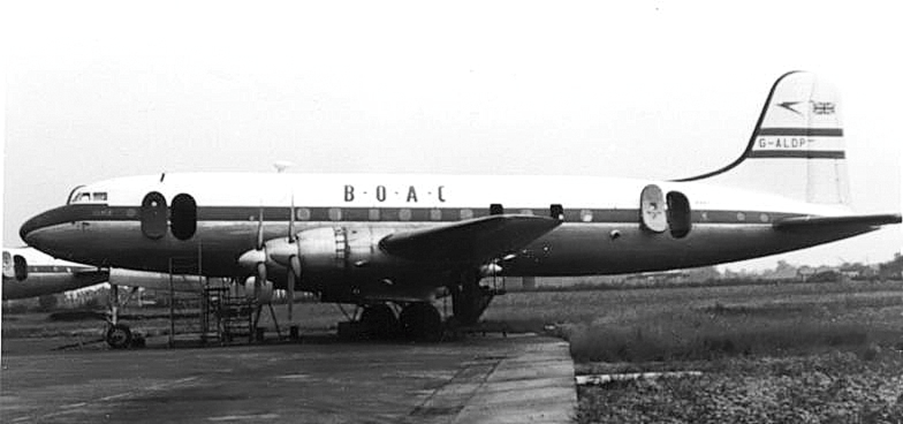
In 1952 having left London for a tour of Kenya as Princess Elizabeth, the young heir to the throne would quickly return home following the death of her father, but now as HM Queen Elizabeth 2. If she had been able to take the time to look around from the top of the passenger steps as she disembarked from her BOAC Canadair Argonaut at London Airport on that fateful February day, what would she have seen? The British airlines of the time were mainly using airliners based on Second World War bombers such as the Hermes (Halifax), Tudor (Lincoln), York (Lancaster) and Viking (Wellington).
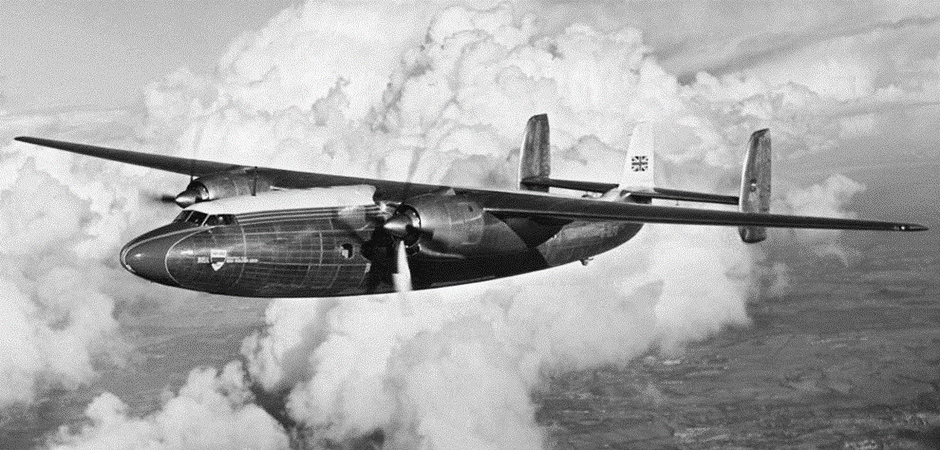
The only modern purpose built airliners from the British aircraft industry would have included the Airspeed Ambassadors of BEA which had entered service the previous year. BEA would go on to rename this fleet Elizabethans in honour of the new Queen. In BEA service they would be lovingly known as ‘Lizzies’. Maybe a de Havilland Heron would have graced the tarmac as they had been flying for a couple of years, but that would have been about it with most modern airliners of the time being American built.

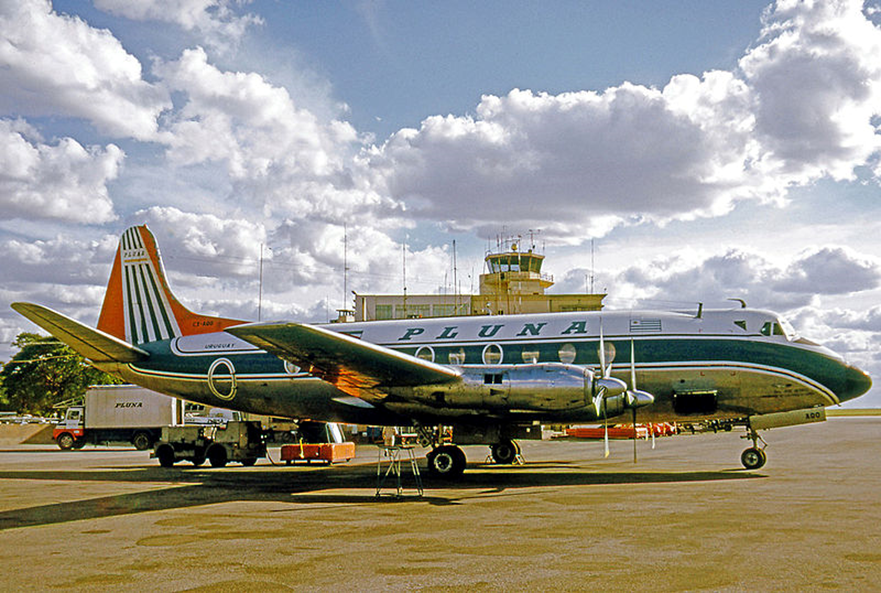
There was however great hope for the future of industry as in 1948 Vickers first flew its remarkable new turboprop airliner the Viscount. These game changing aeroplanes would not enter service until 1953, with BEA being the launch customer, but the aeroplane would go on to be one of the few big successes of the British aircraft industry with 445 being built, 147 of those being sold in the USA who at the time had no comparable aircraft of its own.
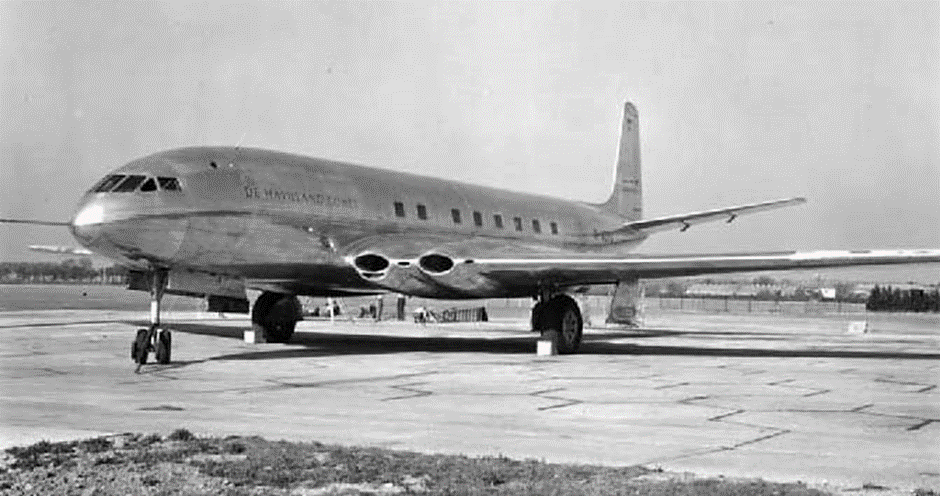
Also flying but not yet in service was the iconic world beating de Havilland Comet 1 the world’s first jet airliner which had taken to the skies in 1949. It being such a new novel design it would take several years of testing before the type entered service with BOAC in May 1952. Orders had flooded in from around the world but as history has shown there were several unexplained crashes which led to the type being grounded in April 1954. The cause of the crashes was eventually traced to metal fatigue caused by the pressurisation required for the high altitudes at which the Comet flew. As we shall see later this wasn’t the end of the Comet but it was the end of any chance it had of being a best seller.
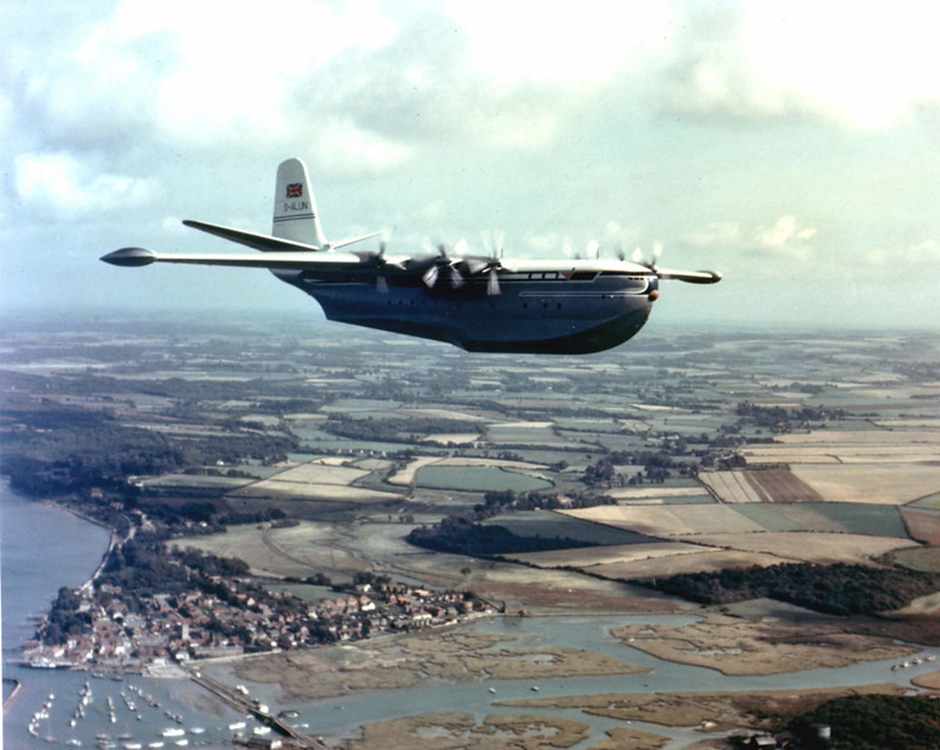
The Viscount and the Comet were cutting edge designs that deserved to do well, however elsewhere in the industry designs set in the airliner world of yesteryear were still being produced only to fail at the first post. The great British hope for long range transatlantic travel the Bristol Brabazon had flown but with no sales would only fly on for one more year before the project was cancelled in 1953. Another white elephant the huge 10 engine Saunders Roe Princess flying boat would take to the sky just six months after HM Queen Elizabeth 2 had arrived back in the UK, however just two years later that project was also cancelled.
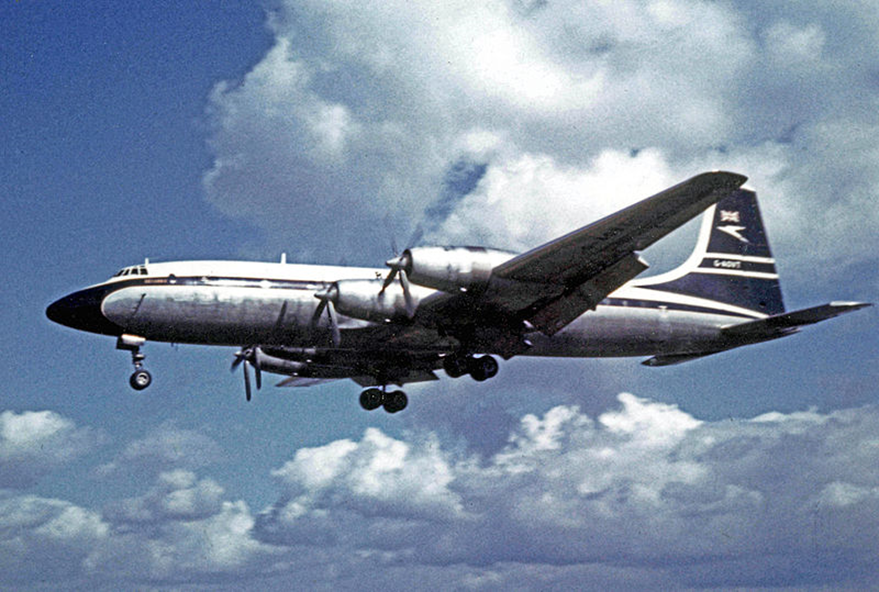
Bristol had also been working on another more successful design the turboprop Britannia. The prototype had first flown from Filton in June 1952. But due engine icing problems and constant changes of specification from BOAC, would not enter service for another five years missing great sales opportunities as by the time it was available to the airlines many had decided to jump straight from piston to jet power and thus only 85 would be built.
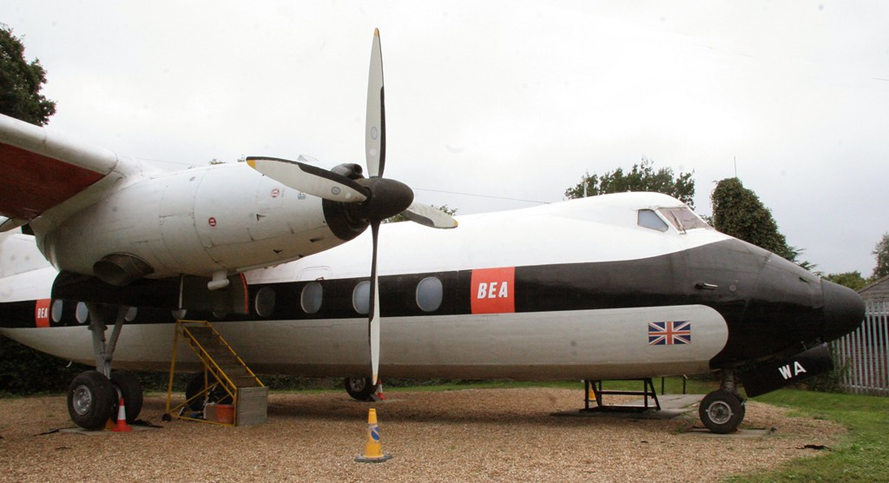
So that was the state of play around 1952 when HM Queen Elizabeth 2 first became Queen. The second half of the 1950s was a quieter time for British aviation with 1955 seeing Handley Page upgrading a Miles design to produce the HP Herald. Powered by four piston engines the Herald was Handley Page’s shot at the Holy grail of aviation a DC-3 replacement. Sadly HP had misread the runes and thought airlines would still want to buy piston powered airliners. With no sales the mistake was quickly put right and the four piston engines became two Dart turboprops and the design renamed the Dart Herald which first flew in 1958. Against stiff competition from home and abroad the Herald would only see sales of 50 aeroplanes.
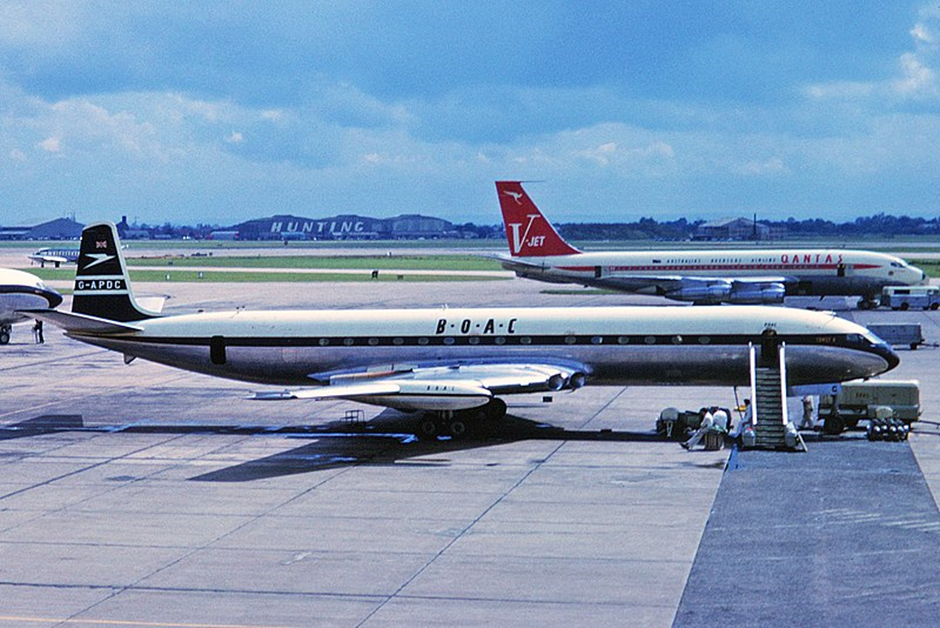
de Havilland had been working away designing and building a new better Comet that took on all the lessons learnt from the Comet 1 crashes, lessons also learned by Boeing. The Comet 4 first flew in April 1958 and just six months later two BOAC examples flew in opposite directions between New York and London making the Comet 4 the first jet airliner to operate a scheduled service across the Atlantic. Our own Comet 4, G-APDB, was one of those aircraft flying the New York to London route. Just a few weeks later Pan Am also flew across the Atlantic using the larger and longer range Boeing 707. Having learned from the Comet 1 failures Boeing had made a major leap forward with their larger 707 and this became the aircraft all the airlines wanted. The Comet 4 series sold just 114 examples while the Boeing 707 notched up 865 sales.
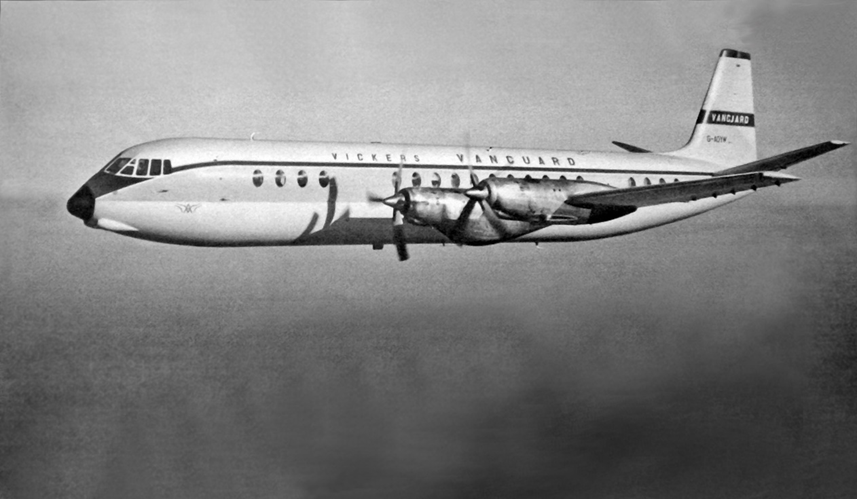
After the success of the Viscount BEA asked Vickers to come up with a larger version as they saw turboprop power as the way forward. The result from Vickers was the Vanguard which first flew in January 1959. Sadly only Trans Canada Airlines shared BEA’s view about turboprops and between them the two airlines accounted for the total of just 43 sales. A much more successful, turboprop was the Avro 748. First flying in 1960, like the Herald it had been produced as a DC-3 replacement but had been designed with two Rolls Royce Dart engines from the start. The rugged 44 seater saw sales from around the world and when production ended 382 had been built.
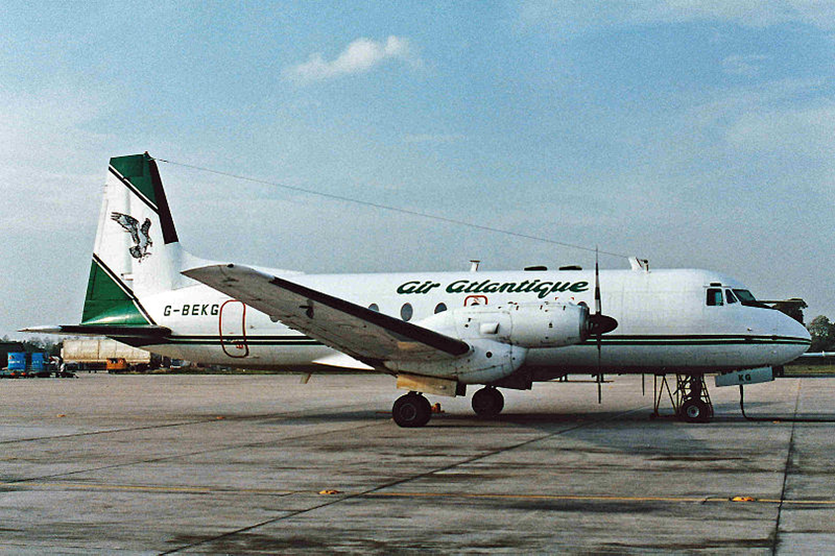
The 1960s saw a large number of new aircraft appear from the British manufacturers and it was this glut of designs all chasing the same markets that saw the industry forced by the government to re structure. Basically to continue to receive government contracts or support the companies had to join one of two major concerns, Hawker Siddeley or the British Aircraft Corporation. All the engine companies came under the Rolls Royce banner and the helicopter industry was now all Westland. Shorts remained independent as it was not owned by the government. Handley Page also remained outside the big two as Sir Frederick refused to merge his company, this along with increased costs from their new Jetstream and lack of profits from the Herald hastened the company’s demise. 1962 would see the birth of two iconic British jet airliners, the Trident from de Havilland and the VC10 from Vickers. In later life these would become the Hawker Siddeley Trident and the BAC VC10.
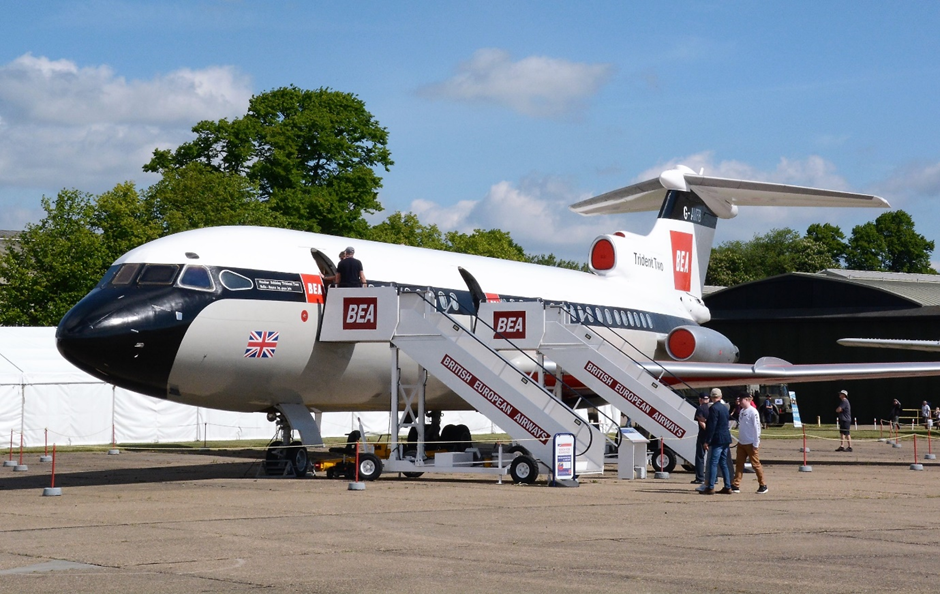
The Trident was built from the outset to be able to land automatically in reduced visibility. It did this by use of the Smiths Autoland system and became the first passenger aircraft in the world to have this facility making the world’s first full Autoland on a scheduled flight on 10 June 1965 at Heathrow at the end of a flight from Paris. The Trident like so many designs before had been tailored to the state airlines (in this case BEA) requirements limiting its sales potential elsewhere. When BEA asked de Havilland to come up with a design, the aircraft they offered was considered too big by BEA so it was shortened to become the Trident 1. BEA then wanted a longer range version so the design was adapted to carry more fuel and become the Trident 2. Finally BEA wanted a bigger version, just like the original DH had offered, this became the Trident 3. Ironically this version was much the same size as the Boeing 727 that had appeared a few years after the Trident 1’s first flight and was now hoovering up sales as it was the ideal size for most airlines. Another opportunity missed. The Trident did have some foreign sales with a large number going to CAAC the Chinese state airline but still only 117 would be made.
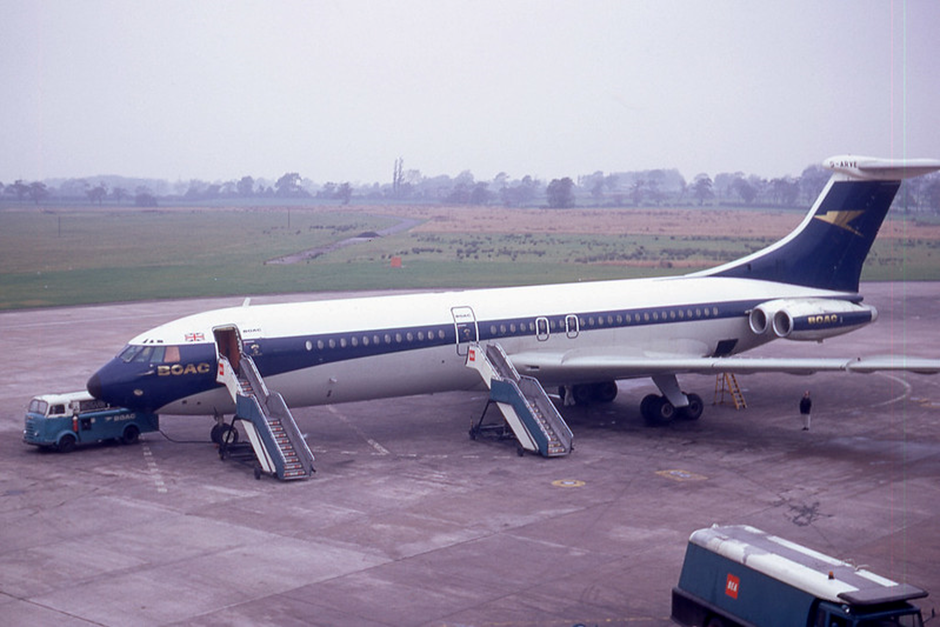
Flying less than six months after the Trident, the Vickers VC10 fared even worse from interference from both the government and its intended customer BOAC. BOAC who really wanted to buy Boeing 707s did all it could to wriggle out of a commitment to buy the VC10, but as a state airline pressure was brought to bear and the corporation had to accept the new aeroplane, but its order was much reduced. The same problem arose with the longer range Super VC10 and despite some foreign sales and a RAF order for the type only 54 of both variants would eventually be built. BOAC management may not have liked the plane but the crews and passengers loved them and when BOAC put their fleet up for sale following deliveries of the new Boeing 747, the RAF bought as many of the Super VC10s as they could for conversion into aerial refuelling tankers and spares. The type would fly on with the RAF until the last airworthy example was retired in September 2013.
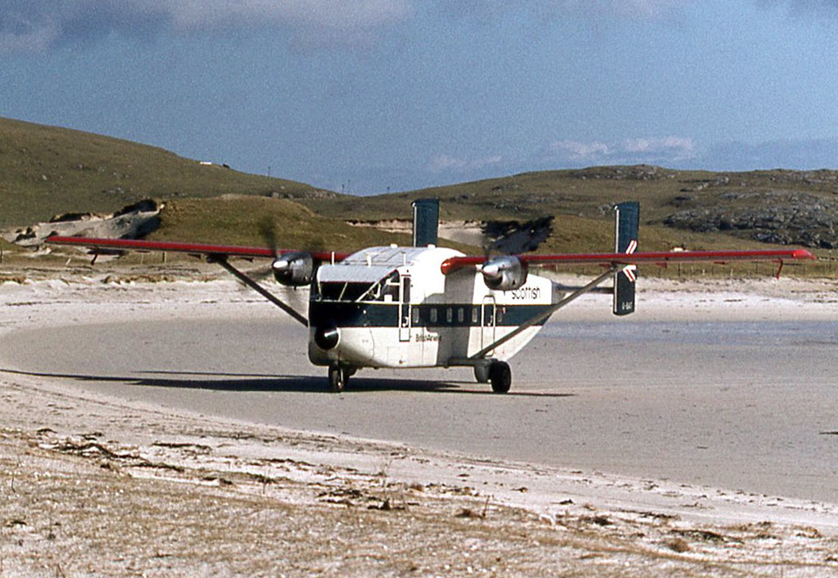
Over in Northern Ireland Shorts of Belfast launched their boxy little utility plane the Skyvan into the skies for the first time in 1963. This small cargo plane was ideal for rough dirt strips and was soon selling around the world to both military and civil users. When BEA was looking for a replacement for its Herons on its Scottish Highlands and Islands routes Shorts offered an airliner version which was ideal for the job. Shorts would go on to build 149 examples of the Skyvan. There are just a few still flying today mainly earning their keep as parachute jumping planes, indeed the RAF has a contract with a civilian firm to provide aircraft at Brize Norton for basic parachute training, thus freeing up the RAF Hercules aircraft for more useful tasks.
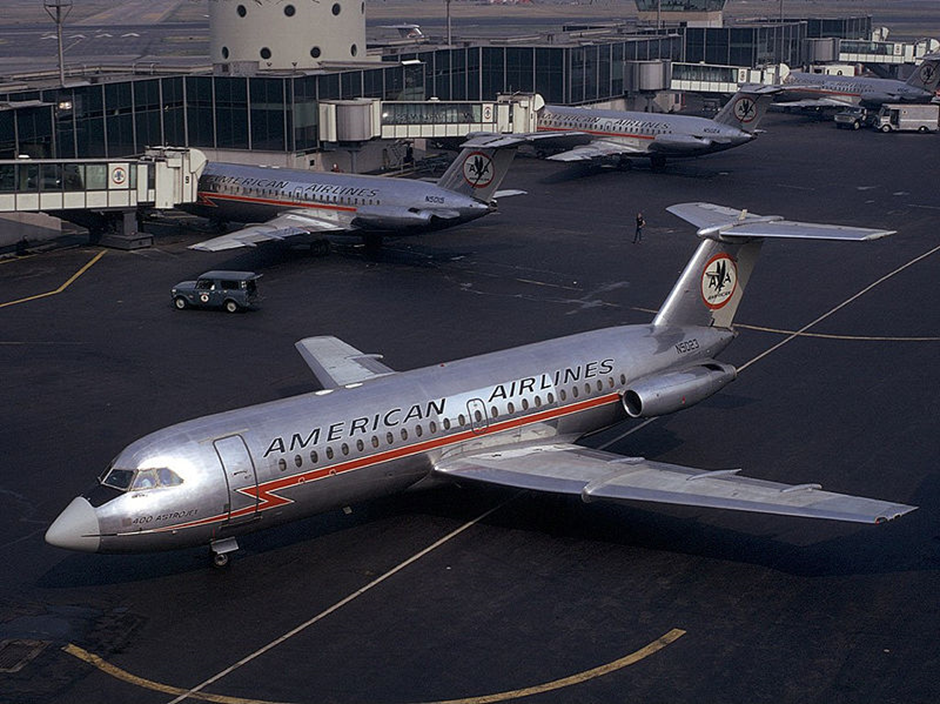
1963 would also see the first design to be produced under the BAC name when the old Vickers design office developed an earlier Hunting design to become the BAC 1-11 short haul jet. Little did they know this would become the last all British jet airliner to be built. First flying in August British United Airways would be the first customer for the sleek T-tailed twin jet. Flying before the Douglas DC-9 several US airlines saw the jets potential and placed orders, something that hadn’t happened to a British built airliner since the Viscount. BAC would go on to build 244 examples of the rugged jet. Here at the British Airliner Collection we have an example of the larger -500 series. Being an ex BEA example ours is actually a -510ED, a variant built just for BEA as it features some of the same instruments as the Trident along with a Autoland system and auto throttle.
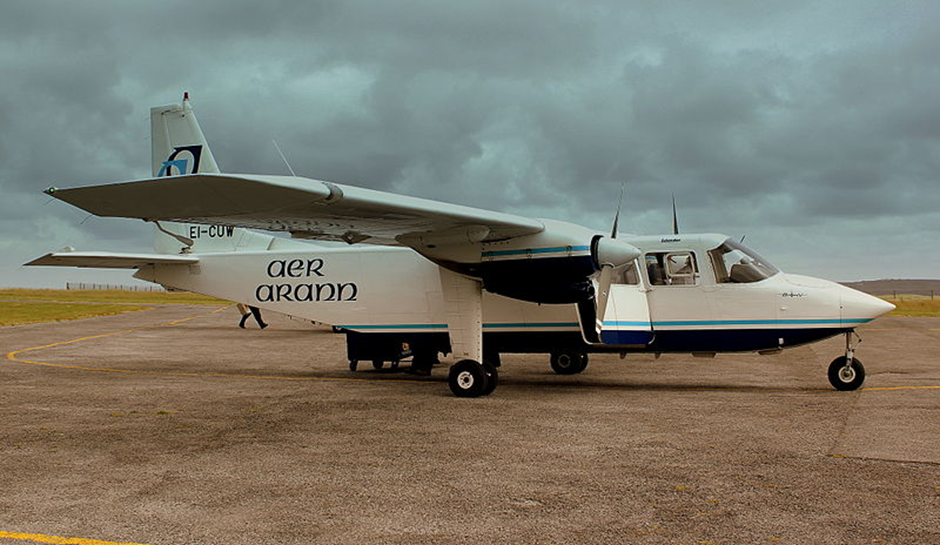
They say good things come in little boxes and this is certainly true regarding the Britten-Norman BN-2 Islander. This small general purpose aeroplane made its first flight from Bembridge on the Isle of Wight in June 1965. 62 years and 1260+ examples later today you can still buy a brand new Islander from B-N who will build it for you at their base at Lee on Solent on the UK mainland. This remarkable sales record makes the Islander family the best selling UK built airliner of all time. 1967 saw Handley Page, now going it alone, have their last roll of the dice when they first flew their new airliner the Jetstream. They began to build the Jetstream 1 a small commuter airliner which had received a good number of orders, however development costs and the loss of an order from the USAF led to the closure of the company and the rights to build the Jetstream were passed to Scottish Aviation in Prestwick who honoured the outstanding 66 orders.
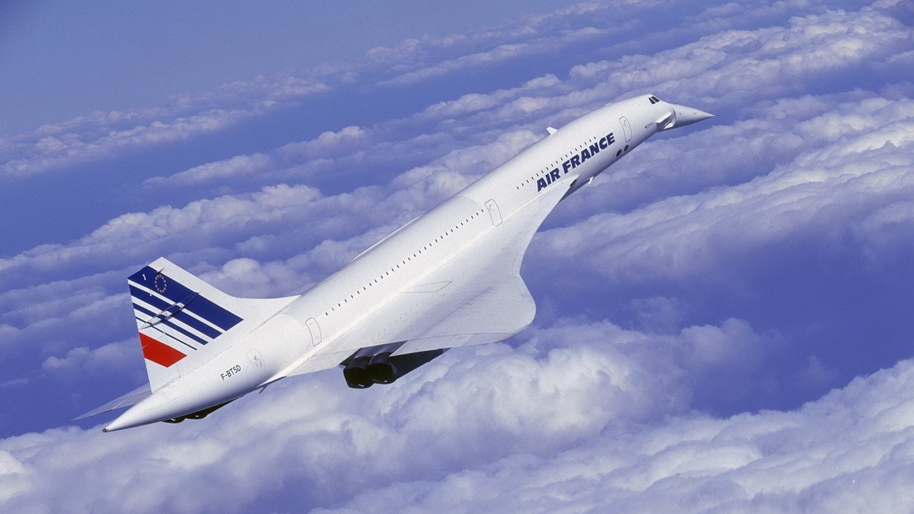
Finally in this decade of amazing productivity we saw the culmination of years of design and testing when in April 1969 the first British built Concorde took to the air. The result of co -operation between BAC and French company Aerospatiale saw to date the only successful supersonic jet airliner eventually enter service with Air France and British Airways in January 1976. We of course have the British pre- production aircraft 101 here with us at Duxford. The flight of Concorde at the end of the 1960s would also be the zenith of the British airliner industry, there would be just one more completely new design between 1969 and 1981.

However let’s not get ahead of ourselves as in 1970 Britten-Norman came up with a development of their highly successful Islander, the three engined Trislander. This small airliner was designed as a larger stable mate to the Islander but despite worldwide sales B-N would only build 83 examples. Our one here in the British Airliner Collection was the last example to fly in Europe.
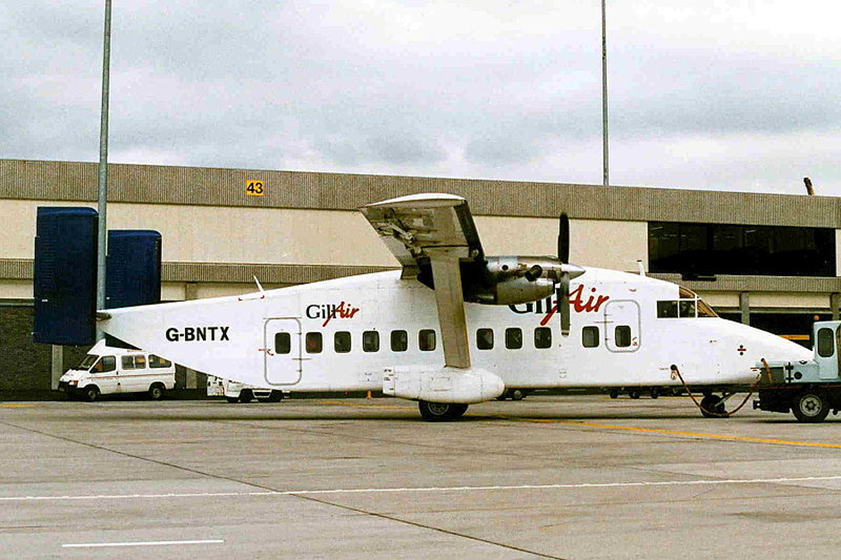
Another company to develop one of its best sellers was Shorts who took their boxy Skyvan and stretched it into a little more streamlined commuter airliner the SD-330. As well as civilian use the USAF bought a number for use as cargo planes and called them the C-23 Sherpa. In all Shorts would build 175 SD-330/C-23s. Many UK airlines used the SD-330 as small airliners some to serve the larger airlines as feeder aircraft.

1977 saw the government again intervening in the industry which this time saw BAC, Scottish Aviation and Hawker Siddeley merge to form BAe (British Aerospace). Scottish Aviation had been making the Jetstream 2 which they had developed from the earlier Handley Page Jetstream 1. BAe further developed the design and came up with the Jetstream 31 which first flew in 1980. The design was a success and the Jetstream 31 sold around the world with 386 being built.

September 1981 saw the first flight of an ex de Havilland and ex Hawker Siddeley design the 146 which was now marketed as the BAe 146 regional jet. Over the years the basic aeroplane would be twice stretched and then later updated as the RJ series achieving sales worldwide. The final variant would be the RJX and 387 of all variants would be built making the 146 series the most successful and last large British jet airliner ever built.

That same year Shorts launched its last variant of the original Skyvan, a new updated version of the SD-330. Gone was the twin tails and cargo ramp, replaced with a single fin and purpose built as an airliner. The new variant would take to the skies in June 1981 under the name the Shorts SD-360. Almost matching the sales of the older SD-330 165 examples would take to the sky.

BAe continued developing its foothold in the regional aircraft market when it flew the ATP (Advanced Turboprop) in August 1986. The ATP was a heavily developed Avro 748 but sadly became known as Another Technical Problem as they were initially very unreliable. The type was unable to garner the same level of sales as its forebear the 748 with only 65 being built before BAe ended the project in 1995 as it was in direct competition with the French built ATR 42, a company BAe had merged its regional airliner group with.

With sales of the Jetstream 31 going well BAe developed it into a larger aircraft to be called the Jetstream 41, this would be the last civil airliner type to be designed and built by BAe. First flying in 1991, 100 examples would be built before BAe ended production in 1997.

No more new or developed designs of civil airliners would be made and in 1999 BAe was merged with Marconi to become BAE Systems. In 2001 BAE Systems announced it was pulling out of the airliner market and all production of the BAE 146 and its latest development the AVRO RJX would cease by the end of that year. In 2006 the company divested itself of its share in Airbus and BAE Systems now had no involvement with civil airliners at all. The once great industry that was there when Princess Elizabeth became Queen was gone.
What of the next 70 years, there are right now several UK companies that are very close to first flights of electric or hybrid small airliners. One such company is Bristol based Vertical Aerospace who have hundreds of pre-orders for their five seat vertical take off all electric air taxi. Maybe the British airliner industry will rise again on quiet, green wings, time will tell.
‘till the next time keith
Header Photo: Nabil Molinari CC-BY-NC-SA-2.0
Registered Charity No. 285809